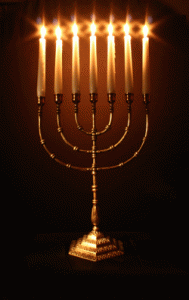 Rabbi Samson Raphael Hirsch is often credited as the pioneer of modern Orthodox Judaism (late 1800s in Germany). He is also credited with one of the most radical statements ever made by a Rabbi: “If I had the power, I would provisionally close all synagogues for a hundred years.” Hirsch’s statement was not meant to minimize the importance of the synagogue to Jewish life—rather he wanted it to be known that, in his view, the survival of Judaism has been and will always be a more private institution– the Jewish home.
Rabbi Samson Raphael Hirsch is often credited as the pioneer of modern Orthodox Judaism (late 1800s in Germany). He is also credited with one of the most radical statements ever made by a Rabbi: “If I had the power, I would provisionally close all synagogues for a hundred years.” Hirsch’s statement was not meant to minimize the importance of the synagogue to Jewish life—rather he wanted it to be known that, in his view, the survival of Judaism has been and will always be a more private institution– the Jewish home.
If Hirsch wanted to bolster his argument about the centrality of Jewish home life, Chanukah serves as a shining example. The lighting of the Menorah was a daily service performed in the great synagogue of Jerusalem—the Holy of the Temple. It was the High Priest himself who was honored with this continuous mitzvah. Would it not have been enough following the Macabee revolt and rededication of the Temple that the Menorah would continue to be lit daily by the High Priest? The festival of Chanukah was established to bring the lighting of the Menorah (for eight days) into the Jewish home. If this was the only diffusion of Temple ritual to Jewish home it would be enough to set a paradigm—but there is more.
In the Jerusalem Temple there were three vessels housed in the inner sanctums—the Menorah, lit daily and perpetually, the Showbread table prepared for the Sabbath (2 loaves in rows of six) and the Ark in which the Tablets of the Covenant and Torah were placed.
While the lighting of the Menorah in the home is a once a year occurrence, the diffusion of the show bread from temple to home is a weekly occurrence. We place the traditional challah- loaves of bread on our Shabbat tables. While it is customary to make the blessing over two loaves, it is kabbalistic tradition to set the table with 12 loaves.
And what is the diffusion of the Holy Ark into the Jewish home? This is a daily occurrence—filling one’s home with learning; the people of the book live with books.
It is worth noticing that in addition to the diffusion of these three important Jewish symbols another important function was brought home—the recitation of the priestly blessings. While the Kohanim (priests) continue the practice of blessing the people in synagogue (in Israel on a daily basis and outside Israel on the Festivals) parents bless their children every Friday evening—lovingly placing their hands on their children’s heads and reciting the threefold priestly blessing.
What an opportunity we have to make our homes glow with the warmth of Jewish traditions and fulfill the words of God as we stood at Sinai: “For you, my people, shall be a kingdom of priests.”
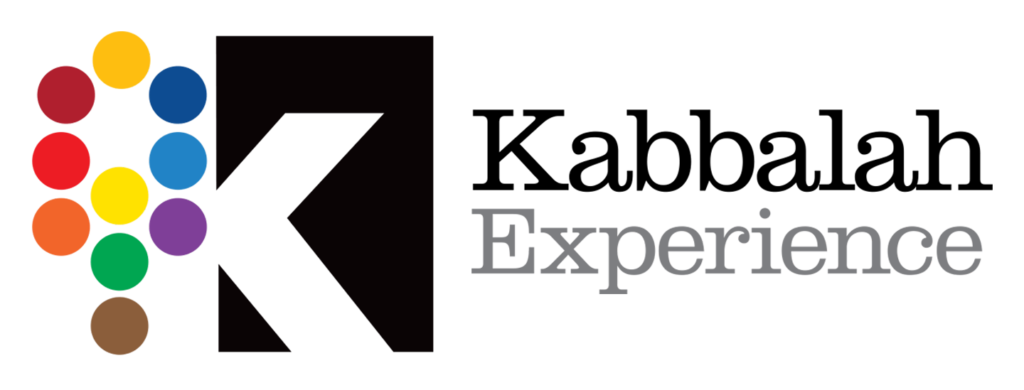
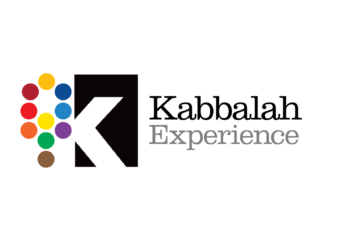
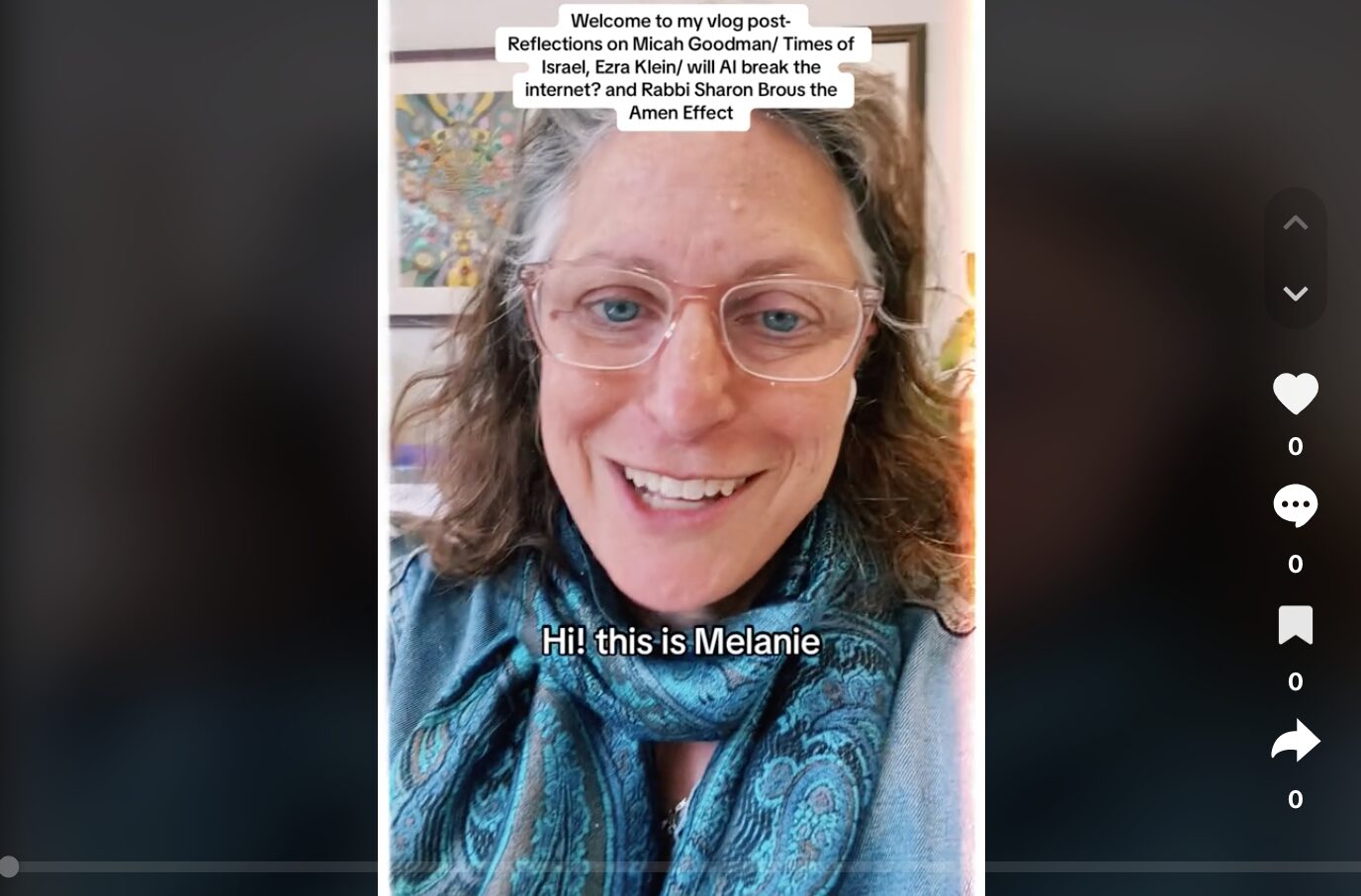

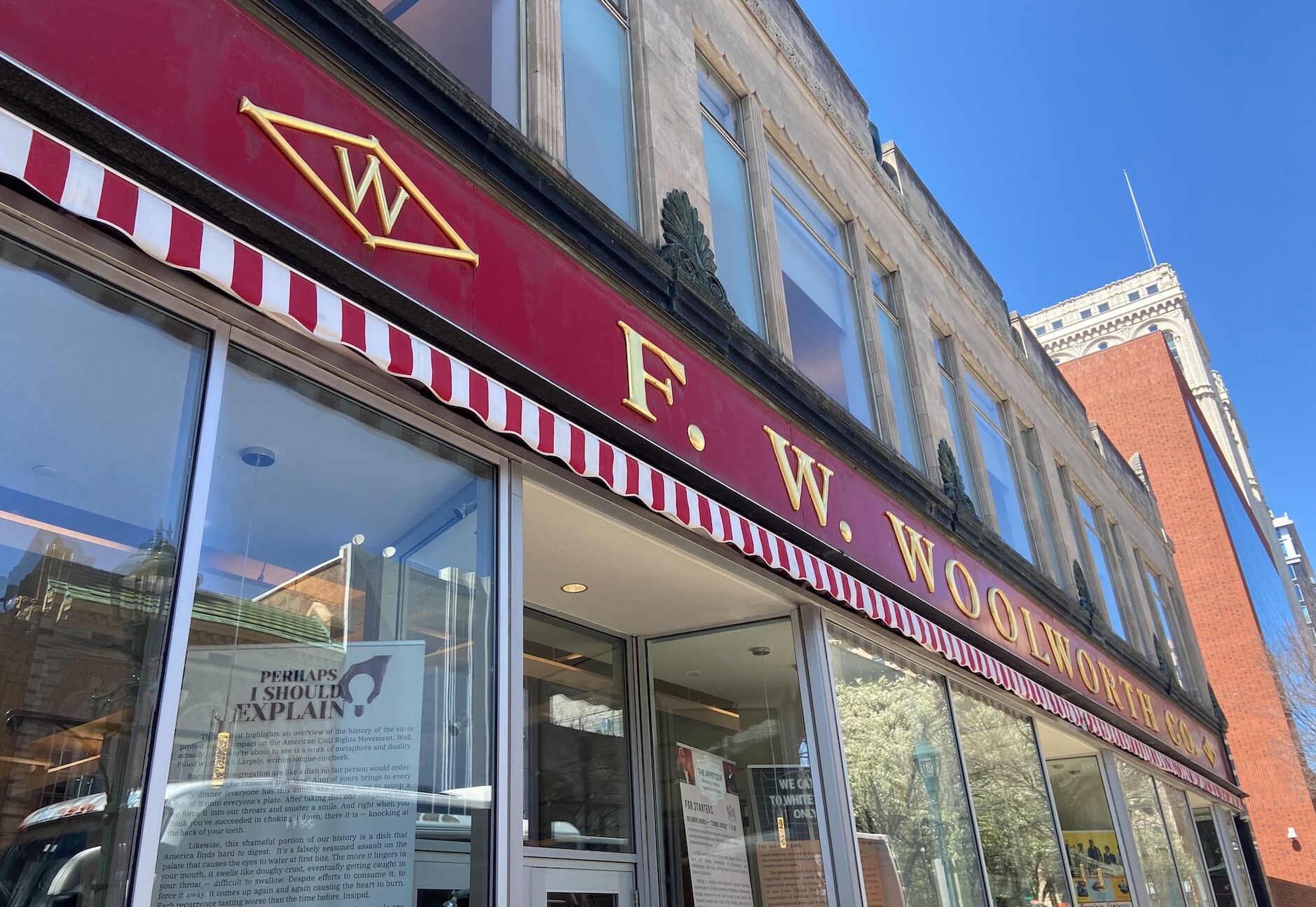
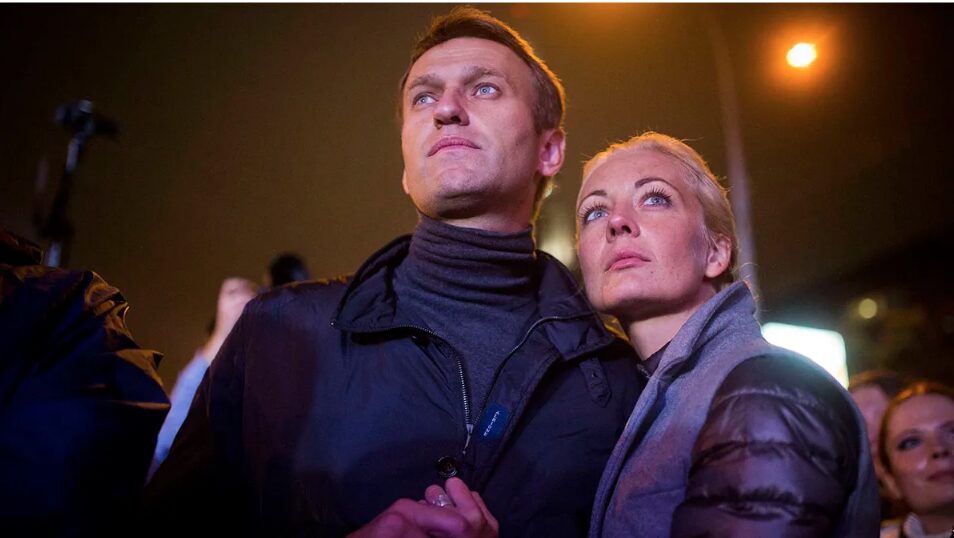

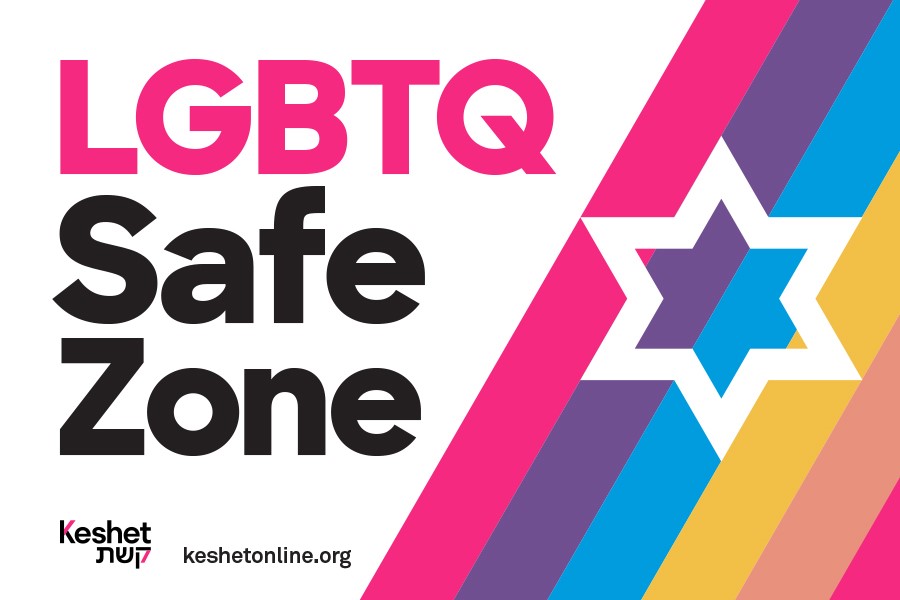
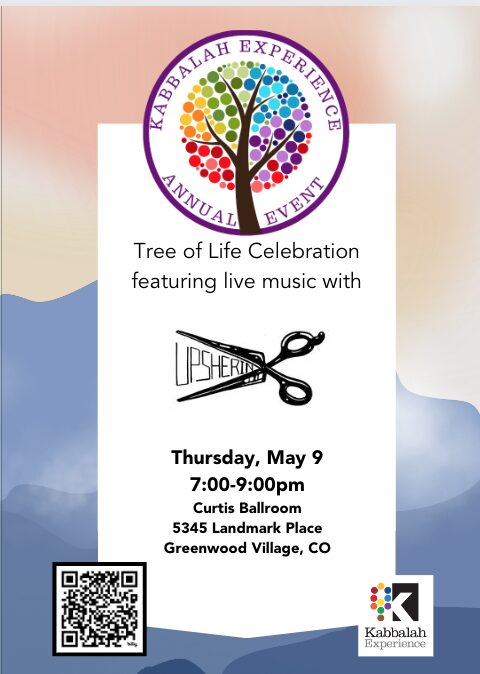
0 Comments